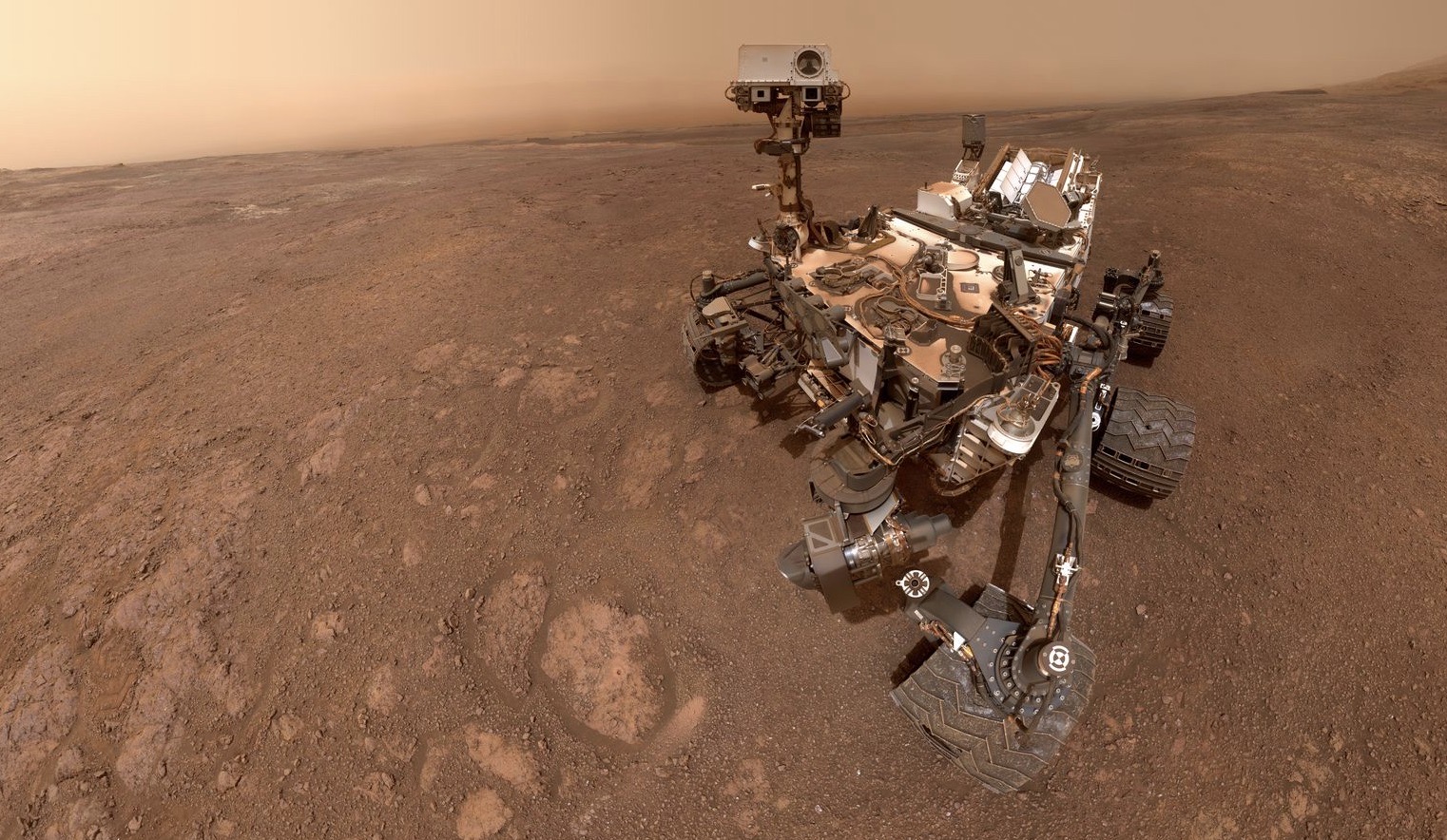 Intelligent Design
Intelligent Design
 Physics, Earth & Space
Physics, Earth & Space
Humans Were Designed to Harness Fire

Editor’s note: Today, we are pleased to present a new series adapted from biologist Michael Denton’s book, Fire-Maker: How Humans Were Designed to Harness Fire and Transform Our Planet, from Discovery Institute Press. Look for new entries in the series here. Dr. Denton’s forthcoming book, The Miracle of the Cell, will be published in September.
The ancient Greeks, who had an answer to most things, believed that Prometheus brought down fire from heaven — and got himself into much trouble with Zeus for doing so. “From bright fire,” says Aeschylus in Prometheus Vinctus, “they will learn many arts.”
A.J. Wilson, The Living Rock (1994)
As I write, a small mobile robot named Curiosity is searching the sands of another planet, Mars, for signs of life. As it explores the Martian surface, a tiny automated laboratory analyzes the Martian soils for organic chemicals and water. Powered by a solar battery, the robot will be able to function for several years without any assistance from its creators, who are millions of miles away busily decoding and analyzing the cryptic messages it beams back to Earth.
Just 200 Generations
Curiosity is just one of a universe of current technological marvels. The wonders of 21st-century technology amaze. A mere 200 generations since the first metal tool was manufactured, technology has reached the stage when its accomplishments increasingly resemble what would have seemed to our ancestors a form of magic.
The dramatic technological advances over the past hundred years have provided extraordinary devices that have enabled human beings to gain enormous knowledge of the natural world — from the structure of the cosmos to the structure of DNA — more than in all previous centuries. Using light and radio telescopes, we have peered at distant galaxies, billions of light years from Earth. We have looked back to the beginning of time, to the fireball in which our universe was born. We have estimated the age of the universe and determined its dimension. We have detected other earths orbiting distant stars and estimated the number in our galaxy alone to be in the order of tens of billions!1 We have discovered how atoms are synthesized in the stars.
Technological Wonders
The technological wonders of our current civilization — and the deep scientific insights they have provided into the fundamental nature of reality — were not gained easily. They grew out of a long series of technological discoveries and advances that, over several thousand years, led our species from a primitive Stone Age technology to the magic of 21st-century nano-technology — from making a stone chisel to making a Boeing 747.
Of all the discoveries made in the course of mankind’s long march to civilization, there was one primal discovery that made the realization of all this possible. It’s a discovery we use every day and take completely for granted. But this discovery changed everything.
Humankind discovered how to make and tame fire.
Darwin rightly saw it as “Probably the greatest [discovery], excepting language, ever made by man.”2
Tomorrow, “Fire and Metals — Primal Discoveries.”
Notes
- Arnaud Cassan, Daniel Kubas, Jean-Philippe Beaulieu, Martin Dominik, Keith Horne, J. Greenhill, J. Wambsganss, John Menzies, et al., “One or More Bound Planets per Milky Way Star from Microlensing Observations,” Nature 481 (January 11, 2012): 167–169.
- Charles Darwin, The Descent of Man and Selection in Relationship to Sex, vol. 1, 1st ed. (London: John Murray, 1871), 137.

